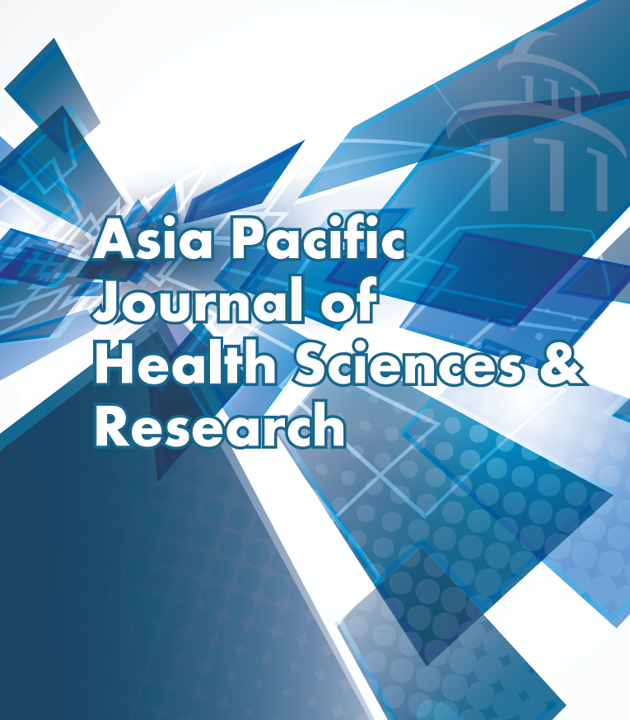Abstract
Background: Oral habits play a significant role in the etiology of malformation in dento-facial structures. Despite the high prevalence of oral habits in children, few studies have been conducted to assess parental knowledge on the effects of parafunctional oral habits on a child’s dentofacial structures.
Aim: This study aimed to assess knowledge and awareness of Malaysian parents with children of age ranging from 5-13 years regarding the parafunctional oral habits and their effects on the dentofacial structures.
Methods: A cross-sectional study was conducted in SEGi Oral Health Centre, Selangor, Malaysia from June 2021 to January 2022. About 166 randomly selected parents of children within the age group of 5-13 years, who have visited SEGi Oral Health Centre were included in the study. A self-administered questionnaire was used to obtain the required information which contained questions pertaining to knowledge and awareness about parafunctional habits. Data was analyzed using SPSS Version 22. Descriptive statistics and Chi-square tests were performed. P-value less than 0.05 was considered significant.Results:
It was found that the general awareness of parafunctional oral habits among most of the parents was moderate (49%). About 58% believed that the oral habits were a part of child’s development and 87% believed that oral habits are preventable. Less than half of the parents were aware of the oral effects of parafunctional habits on teeth like spacing, crowding etc. It was found that there was no statistically significant difference between age, education level, income, and occupation of parents on their awareness level (p-value was more than 0.05).Conclusion:The evidence from the current study indicates that parents visiting SEGi Oral Health Centre had good knowledge of thumb sucking habits but had poor knowledge of tongue thrusting habits. To prevent malocclusion of a child’s dentition and its effects, more emphasis should be put on educating parents on the detrimental effects of parafunctional oral habits in children.

This work is licensed under a Creative Commons Attribution-NonCommercial-NoDerivatives 4.0 International License.
Copyright (c) 2024 Asia Pacific Journal of Health Sciences and Research

